The Discovery of the Second-Most Energetic Cosmic Ray on Record
In 1991, upon the detection of the most powerful cosmic ray ever to reach Earth, someone likely exclaimed, ‘Oh My God.’ Those three words later became synonymous with the phenomenon, known as the Oh-My-God particle. The origin of this particle, sent on an incredible journey from an unidentified and exceptionally powerful cosmic event, remains a mystery.
The Oh-My-God particle’s source and its particle identity are both unknown. While cosmic rays typically consist of protons, this particular particle exhibited extraordinary energy, surpassing anything scientists have achieved in particle accelerators. It boasted an astonishing 320 million tera electron volts, a staggering 40 million times more energy than particles propelled in any laboratory accelerator.
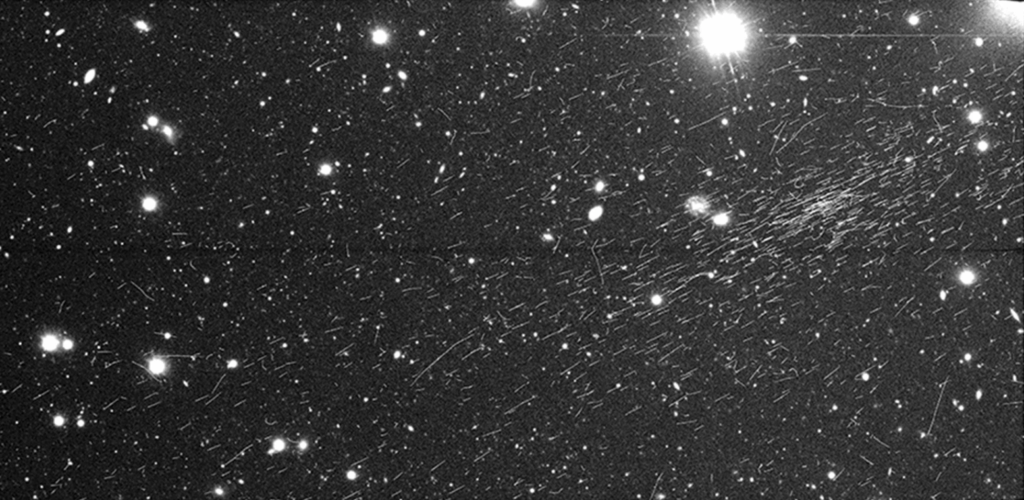
The Oh-My-God Particle (OMGP) was first identified by the Fly’s Eye at the University of Utah. While the same facility registered numerous cosmic rays, none matched the energy level of the OMGP. Recently, a team of researchers has identified another ultra-energetic cosmic ray. This detection took place using the Telescope Array Project, a successor to the Fly’s Eye, and another high-energy cosmic ray detector located in Utah.
The findings are detailed in a newly published research paper in the journal Science titled “An Extremely Energetic Cosmic Ray Observed by a Surface Detector Array.” John Matthews, the co-spokesperson for the Telescope Array at the University of Utah, is also a co-author of the study.
“I’m just spit-balling crazy ideas that people are coming up with because there’s not a conventional explanation.”
John Belz, study co-author and professor at the University of Utah
Here’s what happens with cosmic rays and how scientists observe them.
In the vast expanse of the cosmos, energetic occurrences like supernovae emit particles of exceptionally high energy. Typically consisting of protons, these particles travel at velocities nearing the speed of light. Upon reaching Earth’s atmosphere, they generate cascades of secondary particles. These secondary particles can be directly observed using satellites or high-altitude balloons, or indirectly through ground stations that measure the resultant particles in the cascade.
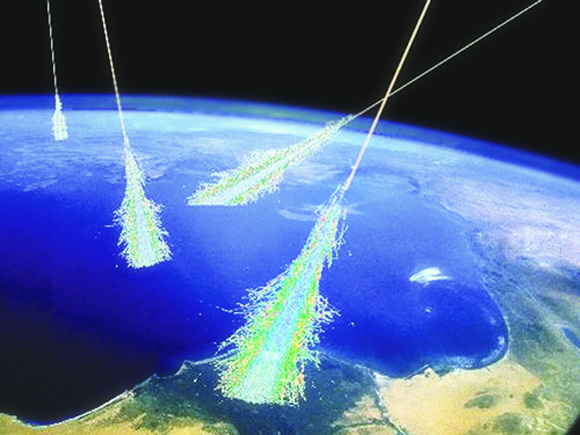
Cosmic rays and their resulting cascades share similarities with the processes occurring in particle accelerators. However, the energy levels associated with cosmic rays are unparalleled. While the Large Hadron Collider can generate protons with a maximum energy of 14 TeV, the Oh-My-God Particle (OMGP) surpasses this by a staggering 40 million times.
The most recent cosmic ray detection, made in May 2021, stands as the second-highest-energy cosmic ray ever recorded. This lone proton carried an immense energy equivalent to dropping a brick from waist height—240 exa–electron volts. Although it falls short of the OMGP, it exceeds the energy output of our particle accelerators by over a million times.
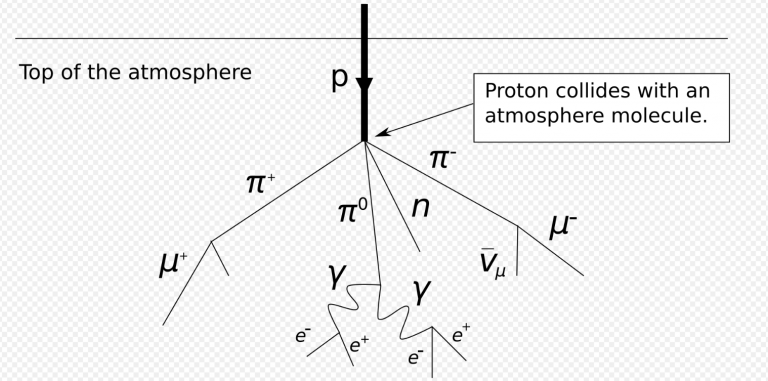
“Its arrival direction points back to a void in the large-scale
structure of the Universe.”
From “An extremely energetic cosmic ray observed by a
surface detector array”
The perplexing aspect of these high-energy particles lies in their elusive origin. While some may originate from supernovae, uncertainties persist regarding whether any supernova possesses the necessary power to generate the most energetic ones. Despite the rapid and energetic travel of these cosmic particles, theoretically impervious to influences such as magnetic fields, the challenge lies in their inexplicable sources. According to the authors of the paper, this recent discovery points to a void within the large-scale structure of the Universe.
“The particles possess such high energy that they should remain unaffected by galactic and extra-galactic magnetic fields. Theoretically, you should be able to trace their path back to their celestial source,” explained John Matthews, a co-author of the study. “Yet, in the cases of both the Oh-My-God particle and this newfound particle, tracing their trajectory leads to a void. There is no high-energy phenomenon identified as the potential producer. This constitutes the mystery at hand—what exactly is transpiring?”
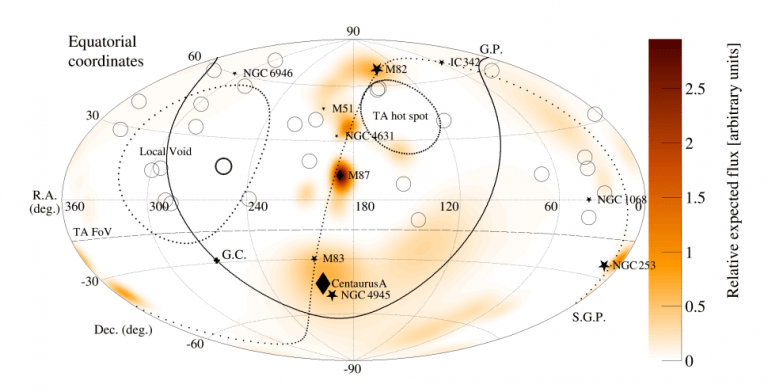
Whatever they may be, the particle showers they generate span a broad area, necessitating an array of detectors for measurement. Comprising three telescope detectors and associated equipment, the Telescope Array Project strategically places its telescopes 35 kilometers apart.
The recently discovered particle, named the Amaterasu particle after the sun goddess in Japanese mythology, remains unexplained thus far. Notably, its detection involved a distinct method compared to the one used for the Oh-My-God Particle, reinforcing the authenticity of these cosmic particles.
“These events appear to originate from entirely different regions in the sky. There isn’t a singular enigmatic source,” stated John Belz, a professor at the University of Utah and co-author of the study. “Speculative ideas, such as defects in spacetime structure or collisions of cosmic strings, are being considered due to the absence of a conventional explanation.”
Despite the continuous bombardment of Earth by cosmic rays, significant gaps persist in our understanding of them. Violent events in the Universe strip matter of its subatomic structure, propelling particles outward through space—whether positive protons, negative electrons, or complete atomic nuclei.
While supernovae are among the most cataclysmic natural events known, even they lack the power to produce particles like Amaterasu. According to Matthews, conventional energetic phenomena, such as supernovae, fall short in generating particles with the colossal energies observed in Amaterasu and the Oh-My-God particle.
The enigma deepens as Amaterasu fails to point back to its source, prompting researchers to explore potential explanations. The possibility of stronger-than-expected magnetic fields altering the trajectories of ultra-high-energy cosmic rays (UHERCs) is being considered, yet this notion contradicts observations showing insufficient field strength at such energies.
“The arrival direction of this event does not align with any known astronomical objects considered potential sources of UHECRs, even when considering deflection by the Galactic Magnetic Field under various assumptions,” the authors conclude in their paper.
As is often the case in astronomy and astrophysics, advancements in detector technology hold the promise of uncovering answers. The ongoing expansion of the Telescope Array, covering an area nearly the size of Rhode Island, aims to provide a larger sample for enhanced detections, potentially bringing researchers closer to solving this cosmic mystery.
This article is republished from UniverseToday under a Creative Commons license. Read the original article.
Do not forget to share your opinion with us to provide you with the best posts !



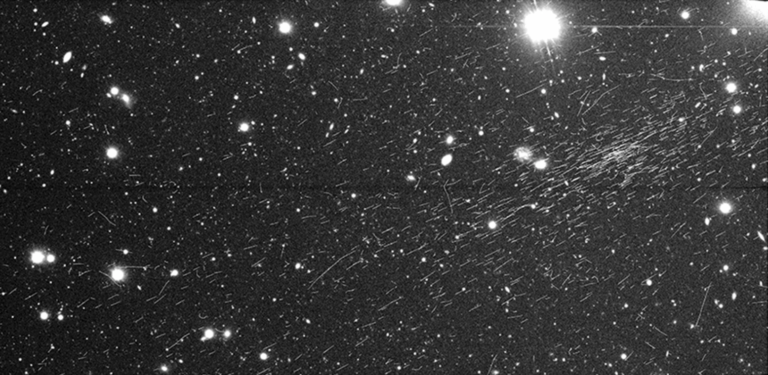
0 Comments